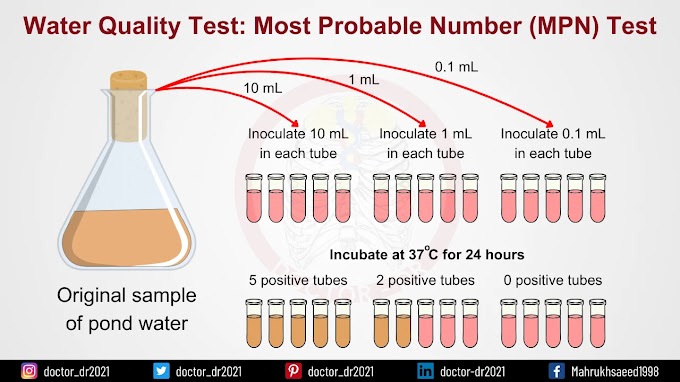An Introduction to Varicella-Zoster Virus
One of the herpesviruses, varicella-zoster virus, causes two diseases: varicella, better known as chickenpox, and herpes zoster, sometimes called shingles. Varicella-zoster virus is a double-stranded DNA virus protected by a protein coat called capsid, which is enveloped in a lipid membrane.
The Nervous System
Let's now briefly discuss the nervous system, which is divided into two sections. The peripheral nervous system is made up of the nerves that branch out from the central nervous system to reach the skin, muscles, and organs. The central nervous system is made up of the brain and spinal cord.
The Cranial Nerves
The cranial nerves, which are peripheral nerves originating from the brain, are responsible for the motor and sensory innervation of the head and neck. The trigeminal nerve, often known as cranial nerve V, is the particular cranial nerve that supplies sensation to the face. The trigeminal ganglion, a collection of nerve cells in the side of the face between the eyes and ears, is produced by its sensory neurons.
The Spinal Nerves
The spinal nerves are the peripheral nerves that emerge from the spinal cord. A ventral and dorsal root forms each nerve. Neurons in the ventral roots are responsible for transmitting motor innervation from the spinal cord to the muscles. Sensations from the skin and other tissues, such as touch, temperature, pain, and pressure, pass through first-order sensory neurons in the dorsal root ganglion close to the spinal cord, then via the dorsal root and into the spinal cord, where they synapse with second-order neurons.
Dermatomes and Sensations
Now, a dermatome is a specific patch of skin that each spinal neuron is responsible for sensing. The S1 nerve, for instance, would feel pain if you stepped on a Lego, whereas the L5 nerve would feel pain if you struck your big toe on a table leg.
Chickenpox: Primary and Secondary Viremia
Varicella zoster virus primarily infects lymph nodes and then infects skin keratinocytes and neurons. It progresses through two stages: primary viremia and secondary viremia. The virus that causes primary viremia targets the reticuloendothelial system, a component of the immune system composed of phagocytic cells, in the liver and spleen. The virus begins infecting immune cells, particularly T cells, around two weeks after it enters the body; this is known as secondary viremia.
The Path of Varicella-Zoster Virus
Along with infecting keratinocytes, the virus also travels retrogradely—that is, backward via the neuron to the dorsal root ganglia or, if it is on the face, the trigeminal ganglion—in sensory neurons found in the skin. The majority of viruses in the body eventually disappear when the adaptive immune response takes over, but the viruses in the ganglia are spared and can lie latent for a long period.
Shingles: Reactivation of the Virus
The virus may later reactivate if the immune system becomes weakened as a result of age, stress, or immunosuppressive medication. It can then return up the sensory nerve, migrate anterogradely to the skin, and infect the innervated dermatome, resulting in shingles, also known as herpes zoster. The rash appears as a single, vesicle-filled stripe on one side of the face or along the left or right side of the body.
Symptoms and Diagnosis
The onset of symptoms usually occurs two weeks after the virus enters the body. Typically, the illness results in a fever, headache, and generalized weakness. Skin lesions begin to show up on the face, torso, and scalp within a few days. Macules are first flat, red, and irritating patches. They get raised and eventually transform into papules, which are tiny fluid-filled vesicles. The vesicles start to crust up and develop scabs in a matter of one to two days. The scabs peel off after around five days, generally leaving little trace of their presence.
It is possible to notice lesions in multiple phases at the same time since new crops of lesions continually emerge in different areas on the body every 3 to 5 days. On mucosal areas, such as the inside of the mouth, painful sores may also develop in addition to the itching lesions.
The diagnosis of shingles and chickenpox is often made based on the appearance of the skin lesions, but it may also be verified by looking for multinucleated large cells in the vesicle fluid using the Tzanck test. More frequently, PCR or blood testing for varicella-zoster antibodies can be used to detect viral DNA.
Treatment and Prevention
Topical antipruritic medicines are the majority of treatment for chickenpox, helping to minimize itching. In addition, analgesics and anti-inflammatory drugs can help lower fever; however, aspirin should not be administered to a person who has chickenpox since it might induce Reye syndrome. Antivirals such as valacyclovir, famciclovir, and acyclovir can be utilized in immunocompromised patients.
Varicella-zoster immune globulin, or VZIG, are anti-varicella antibodies that can be administered in certain circumstances to treat immunocompromised or pregnant patients. Finally, by assisting the body in developing a protective response against a weakened strain of the virus, the varicella vaccination can help prevent chickenpox. The zoster vaccination, which is more frequent in adults, can also be used to lessen zoster.
Conclusion
In conclusion, understanding varicella-zoster virus is essential to recognize and manage its two major manifestations: chickenpox and shingles. By being aware of the virus's characteristics, transmission, symptoms, and treatment options, individuals can take appropriate measures to prevent the spread of the virus and seek medical attention when needed.







